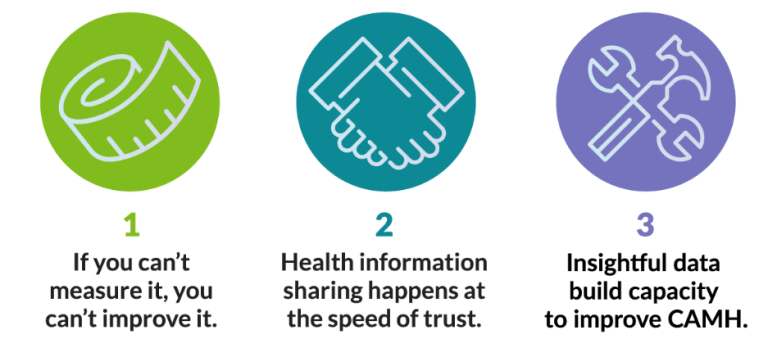School-based public health nurses promote child and adolescent mental health in Olmsted County, Minnesota
Public health nurses play a valuable role with students in 58 county schools
at a glance
Poor mental health among children and adolescents is a substantial public health issue. Olmsted County, Minnesota, understands the valuable role that school nurses can play in identifying and responding to public health issues, especially when it comes to children and families.
As a result of a collaboration between Olmsted County Public Health Services and Olmsted County schools, 10 public health nurses (PHNs) currently work directly with students enrolled across the 58 schools in Olmsted County. The public health nurses provide individual student care and promote the health and well-being of the broader school community. This unique collaboration has improved the ability of public health nurses to assess health needs in schools and implement data-driven interventions in response to identified needs.
Public health challenge
Mental health is an important part of children’s and adolescents’ overall health and well-being. Mental health includes mental, emotional and behavioral well-being. It affects how children and adolescents think, feel and act. It also plays a role in how they handle stress, relate to others and make healthy choices. Unfortunately, poor mental health among children of all ages is a substantial public health problem.

APPROACH
Olmsted County, Minnesota, understands the valuable role that public health nurses (PHNs) can play in identifying and responding to public health issues, especially when it comes to children and families. The county also values the role data can play in informing policies and decisions. In 2012, Olmsted County conducted its first joint health needs assessment with healthcare partners, which has been repeated every three years since that time. In 2019, data from the health needs assessment and the Minnesota Student Survey identified youth suicide prevention and increasing access to mental health services as two of the highest priorities for the county. As a result, county staff formed a work group to inform the development and implementation of a community health improvement plan.
An initial partnership began over 50 years ago between Rochester Public Schools and Olmsted County Public Health. At that time, school nurses were not common, and the collaboration between local public health and the school district allowed for PHNs to complete student health screenings and assessments. As community and school needs shifted, schools began to hire their own nurses while the PHN role evolved to a more population focus while serving all school districts in the county. The inception of the community health improvement plan added an additional level of data to help identify and prioritize key community indicators that impact school-age youth and families.

Acknowledging the community needs that were indicated, 10 public health nurses currently work directly with students enrolled across the 58 schools in the county. The public health nurses provide individual student care and promote the health and well-being of the broader school community. The nurses work within the schools and classrooms to provide education on a variety of health topics, including mental health awareness and suicide prevention. The nurses also work 1:1 or in small groups with students who are referred to them for additional care or services, including supporting kids who have parents or guardians who are incarcerated. In some cases, the nurses use data related to school attendance3 and disciplinary actions4 to help identify students who might benefit from additional healthcare services or counseling. Olmsted County also receives syndromic surveillance data from local hospitals, which has been used to further document the need for increased attention to mental health issues and youth substance use.
The nurses work closely with the data manager at the Olmsted County Health Department as they plan their programs. Moreover, the PHNs collaborate with the Minnesota Department of Health to provide online learning opportunities via Kognito to teachers and students, and to assist communities in developing appropriate responses to mental health issues and crises, including suicide prevention. The nurses also implement in person activities, including NatureRX, a program that allows them to collaborate with community partners to teach youth how to use nature with the goal of benefiting their mental health.
Katie Austin (pink shirt) and Christa Seymour (green shirt) lead students during a NatureRX program.
impact
The collaboration between Olmsted County Public Health Services and Olmsted County schools has improved their ability to assess health needs and implement data-driven interventions in response to identified needs. The collaboration has also resulted in employing an epidemiologist who is specifically tasked with monitoring data on children and adolescents and providing insights into possibly emergent issues. For example, the epidemiologist’s work helped Olmsted County recognize and respond to an increase in youth suicide ideation and attempts. The data also helped public health nurses prioritize the real priorities versus the perceived priorities and plan their programs accordingly. The public health department recognizes that “everything can be a priority, but we have created a culture of data to help with planning and implementation.”
Another example is using data to target programmatic efforts on specific school districts and become focused on where the real need is instead of the perceived need.
WHAT'S NEXT?
Olmsted County public health nurses recognize the importance of keeping students’ needs at the forefront of the approaches they take to enhance mental health. In the future, they envision greater opportunities for student input into health programs and more student-led health initiatives. They also believe that positive relationships with students, parents, teachers, school staff, and community partners are a critical factor in the ability to understand and respond to the needs of the students and families that they serve. As a result, the Olmsted County PHNs will continue to devote time and energy into maintaining the relationships that have proved to be the key to the successful collaboration between Olmsted schools and the health department. This includes a renewed commitment to engaging the data manager to expand their understanding and use of data.
RESOURCES
Katie Austin, Public Health Nurse Olmsted County, Minnesota: katie.austin@olmstedcounty.gov
Christa Seymour, Public Health Nurse Olmsted County, Minnesota: christa.seymour@olmstedcounty.gov
